Thinking about buying a boat? At Marine Surveys of North Carolina, we offer professional, detailed, and reliable marine surveying services for recreational, auxiliary, and power vessels. Whether you’re buying a boat, insuring one, or investigating damages, our SAMS SA marine surveyor is here to provide expert evaluations and peace of mind.
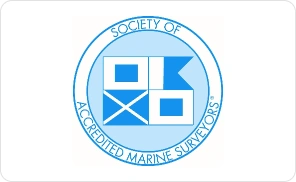
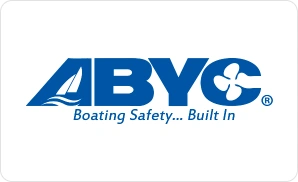
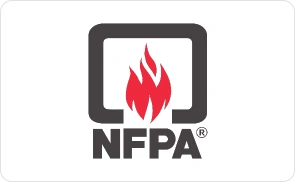
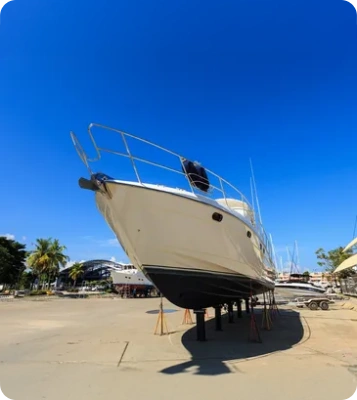
Boat inspections identify structural damage, mechanical issues, or safety concerns that may not be visible during a casual walkthrough.
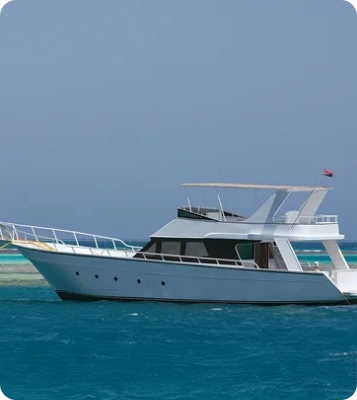
A thorough inspection ensures that critical systems like steering, electrical, bilge pumps, and fire suppression are functioning correctly.
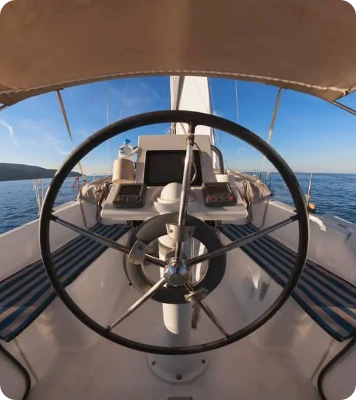
Inspection findings can be powerful tools for price negotiation. Buyers can request repairs or price reductions, and sellers can fix issues in advance to justify full value.

Inspecting engines, fuel systems, electrical connections, and hull integrity helps detect wear and tear before it leads to breakdowns saving time, money, and frustration.
We provide professional, accurate, and trustworthy marine surveying services. With decades of hands-on experience and industry certifications, including accreditation from the Society of SAMS SA Marine Surveyors (SAMS®) and compliance with ABYC and NFPA standards, we bring unparalleled expertise to every inspection. Whether you’re buying, selling, insuring, or assessing damage to a vessel, our goal is to protect your investment and ensure your safety on the water.
As a trusted boat surveyor in North Carolina, we pride ourselves on detailed reporting, unbiased evaluations, and outstanding customer service. Your peace of mind is our mission because every boat deserves a thorough and honest evaluation.
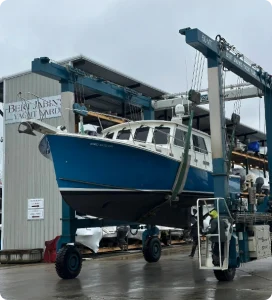
Every inspection is conducted according to the highest standards established by the Society of SAMS SA Marine Surveyors. We are your go-to certified marine surveyors for all types of vessels.
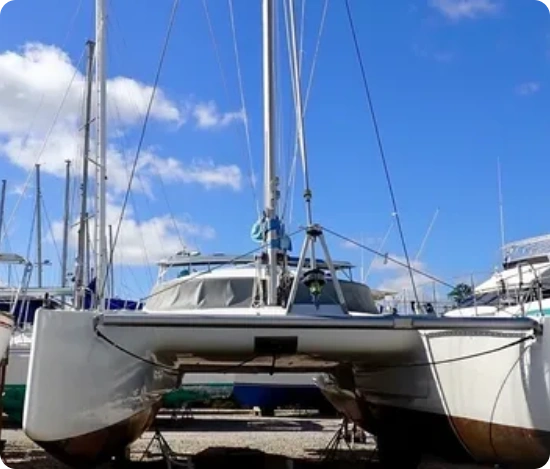
Our comprehensive pre-purchase marine survey is your ultimate due diligence tool. This detailed inspection covers:
Our licensed marine surveyor provides an in-depth report complete with current market valuation tools. Make your purchase decision with confidence, backed by certified findings from our trusted boat inspector in North Carolina.
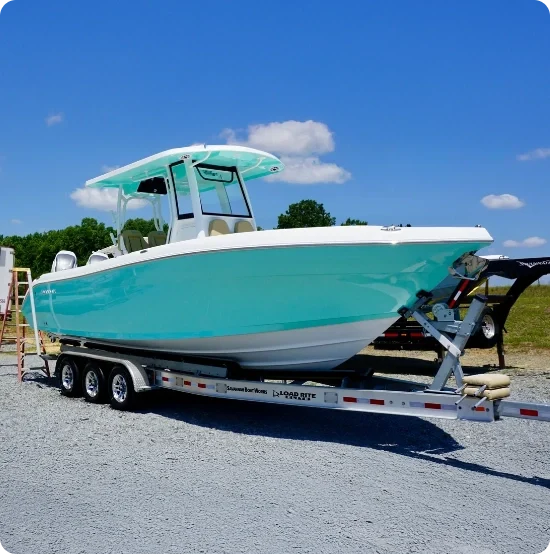
Our Insurance Condition & Valuation (C&V) Surveys assess the vessel’s current condition, value, and risks. We inspect the hull (above and below waterline), safety gear, through-hulls, and deck fittings to ensure your boat qualifies for coverage.
We offer:
If you’re seeking marine survey services that insurance companies trust, our team delivers clear, accurate, and timely results.
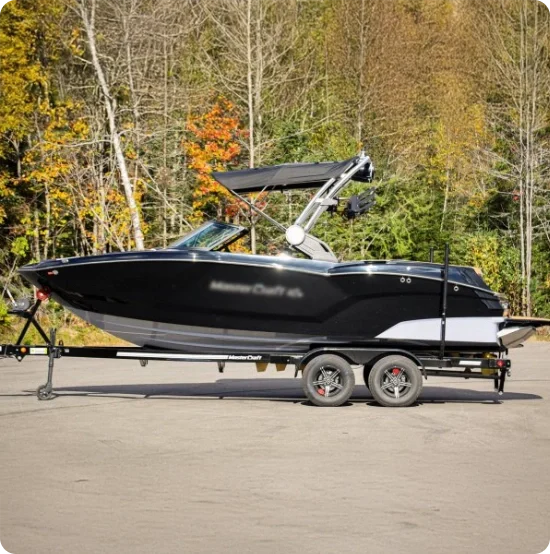
Our marine inspection company specializes in damage surveys that evaluate the extent, cause, and repair needs of vessel-related incidents.
We collaborate closely with:
Our certified marine surveyor provides detailed documentation and repair cost validation to expedite claim resolutions. We protect your investment by uncovering hidden damage and ensuring repairs meet industry standards.
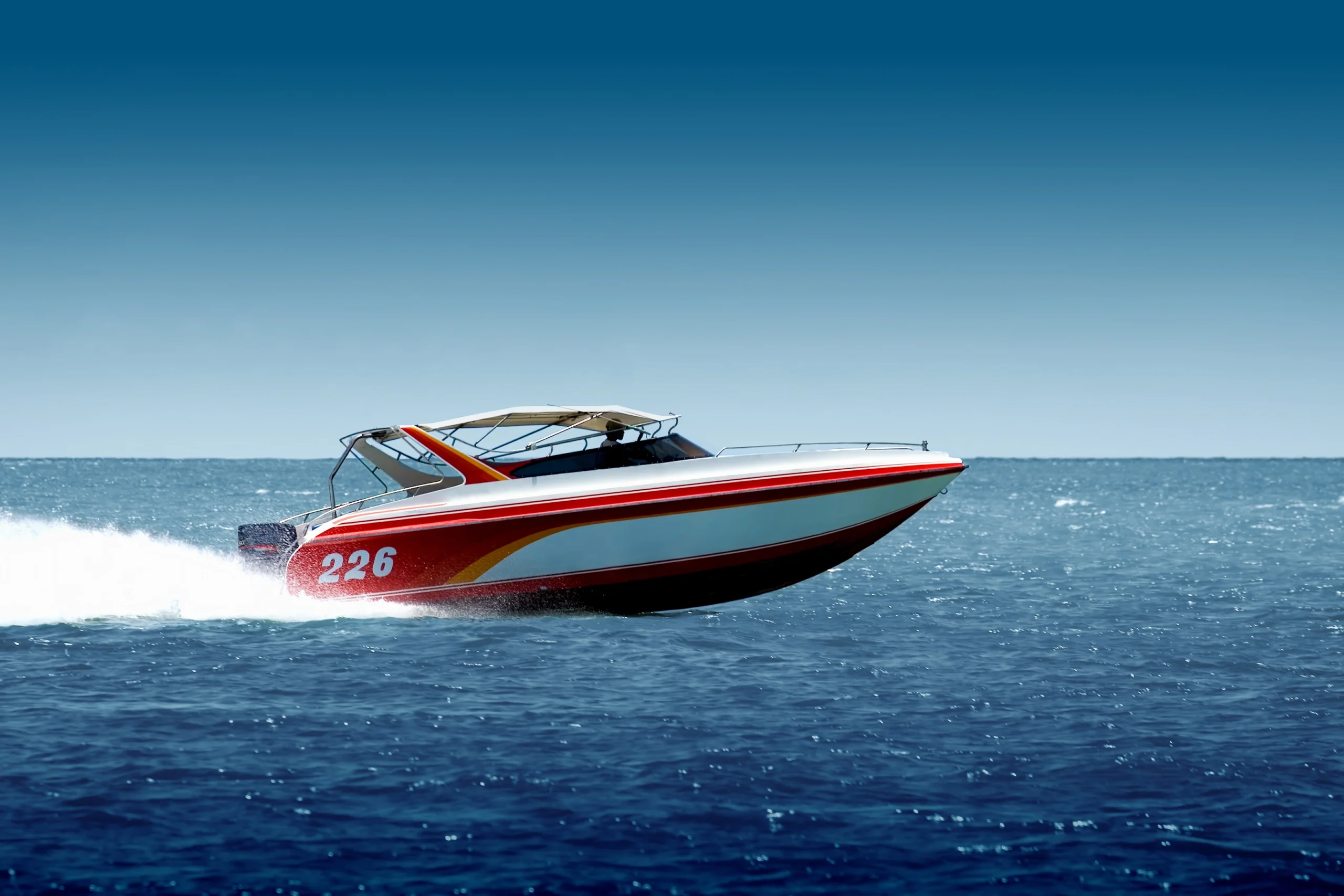
Our SAMS marine surveyors conduct professional appraisal surveys recognized by banks, the IRS, and legal authorities.
We use:
Rely on our certified boat surveyor for objective and legally defensible appraisals.
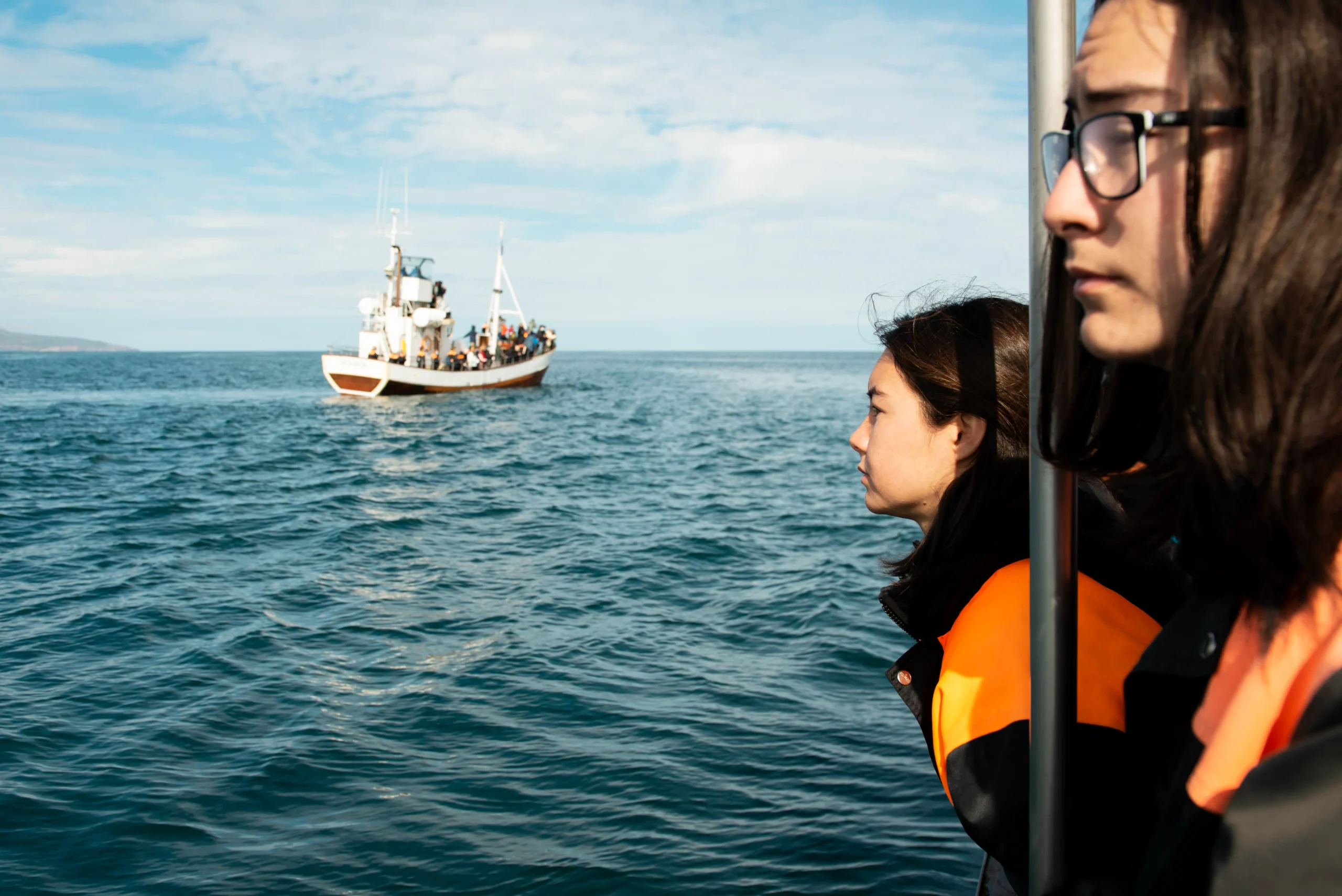
Our yacht surveyors in North Carolina specialize in vessels 45 feet and longer. We evaluate all aspects of luxury and commercial yachts including:
Whether you’re buying, selling, or insuring, rely on our certified marine surveyor for detailed assessments tailored to high-end vessels.
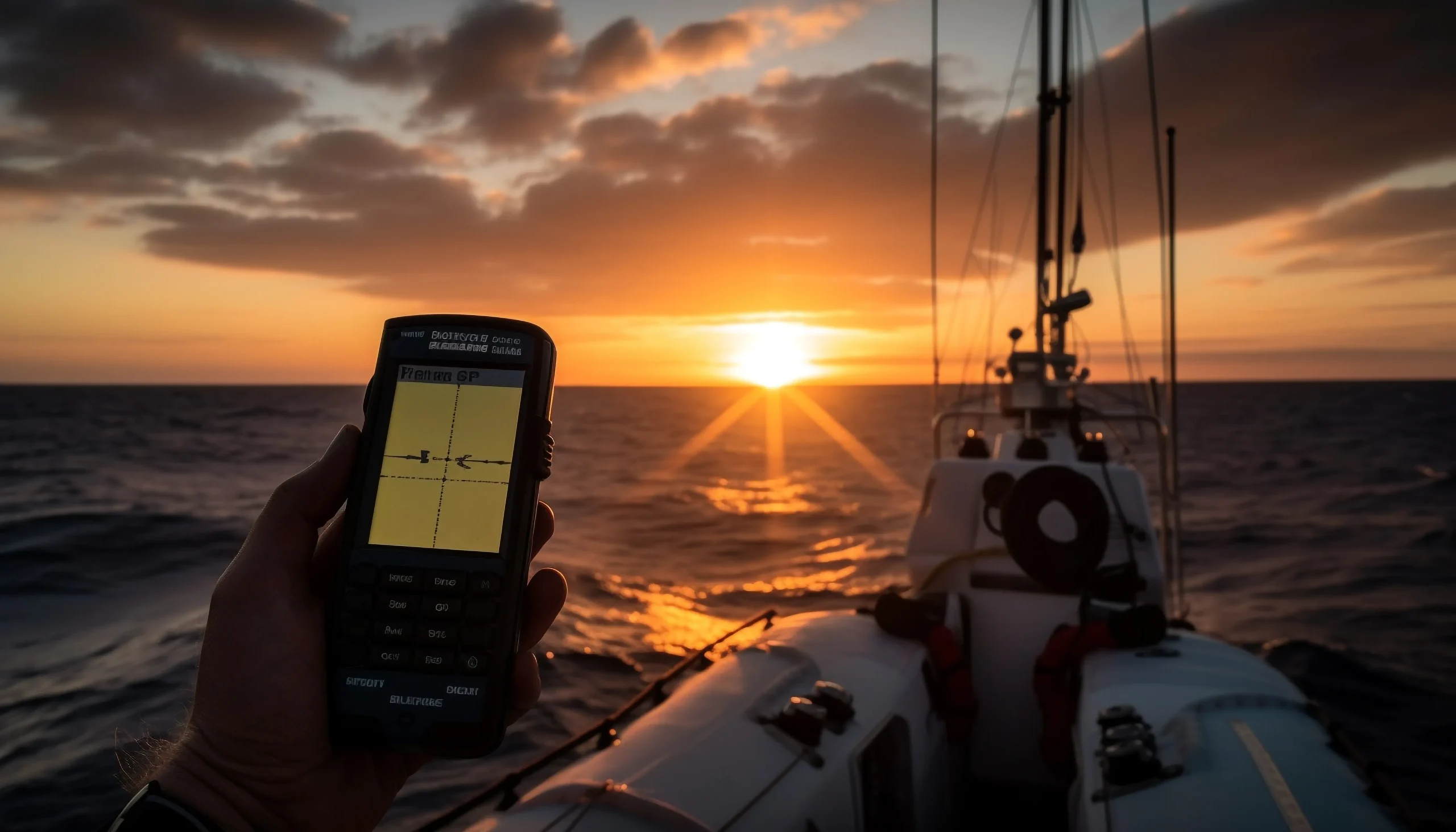
Our Preliminary Survey is an efficient, lower-cost inspection that gives you a snapshot of the vessel’s condition before a full pre-purchase survey. Perfect for:
We provide a professional overview so you can decide if it’s worth taking the next step.
Trustindex verifies that the original source of the review is Google. Andrew is very knowledgeable and also able to explain things so that even those with far less experience can understand it. This is an invaluable skill in a surveyor. While some people simply want a survey for insurance purposes. I want the detailed report and punch list for me to go through and repair, restore and maintain my sailboat. Andrew is generous with his time and wants to make sure you understand the report and the needs of your boat. Highly recommended!Trustindex verifies that the original source of the review is Google. Andrew was more — in every way. Andrew Gallant was more in every sense of the word: **more thorough, more knowledgeable, more communicative, and yes — more expensive — but every bit of that extra cost was worth it.** From the start, he was patient and considerate of my limited knowledge, taking the time to clearly explain everything without making me feel rushed or overwhelmed. He waited extra time (without complaint) while we had to call the owner to come move the boat onto the trailer, and still maintained a calm, professional demeanor throughout. Unlike the mechanic I brought, who offered mostly grunts and vague answers, Andrew was clear, methodical, and extremely helpful in pointing out the important things — without overreacting or unnecessarily condemning items. I genuinely felt more comfortable and confident having him there. When you're making a big purchase like a boat, you need someone like Andrew in your corner. Don't be pennywise and pound foolish — go with someone who gives you peace of mind. Andrew was worth every bit *more* he provided.Trustindex verifies that the original source of the review is Google. I had an excellent experience working with Andrew as my boat surveyor. From start to finish he was incredibly professional, knowledgeable, and thorough. Andrew answered every question I had, both before and after the survey, with great detail, ensuring I fully understood the process and results. It was clear that his goal was to help me make an educated and financially sound decision which I truly appreciated. His expertise and dedication gave me total confidence in the survey and my eventual purchase. I couldn’t recommend Andrew enough to anyone in need of a reliable and skilled boat surveyor!Trustindex verifies that the original source of the review is Google. Marine Surveys (Andrew) came out and did a survey for our 48 foot Albin after the marina damaged her during a haul out. The marina wanted to handle the damage at their own expense and got their own estimates that did not truly reflect the level of damage. After we provided them with this survey, they filed an insurance claim and now our boat is being properly handled for repair. Huge thank you!!!!!





Absolutely. We provide services for both private and commercial marine surveyor needs, from small pleasure boats to large working vessels.
Yes. Our marine inspection company works directly with insurers, banks, and attorneys for condition reports, damage claims, appraisals, and loan assessments.
Reports are typically delivered within 24–72 hours after the inspection, depending on the complexity of the survey and vessel size.
Yes. A recent, professionally conducted marine inspection by our certified boat surveyor in North Carolina can increase buyer confidence and streamline the sales process. It shows transparency and helps justify your asking price.
While a full marine inspection is crucial when buying or insuring, routine inspections every 3–5 years are a smart preventative measure even if you aren’t planning a sale. Regular surveys can extend the life of your boat and catch early signs of wear or failure.
We aim to schedule your marine survey in North Carolina within a few days, depending on weather, haul-out schedules, and vessel location. For urgent inspections, we offer priority scheduling when available.
To streamline the process, please provide:
Definitely. Many of our clients have used our findings to negotiate a lower price, request repairs, or reconsider their purchase entirely. An independent boat inspection service gives you negotiation leverage backed by expert documentation.
Our surveys adhere to:
These technical benchmarks ensure every marine inspection meets the highest safety and performance standards.
Yes. We include trailer evaluations and boat engine inspections (inboard and outboard) when requested. Outboard inspections focus on mounting, functionality, corrosion, and fuel delivery systems especially important for trailered vessels and freshwater conversions.